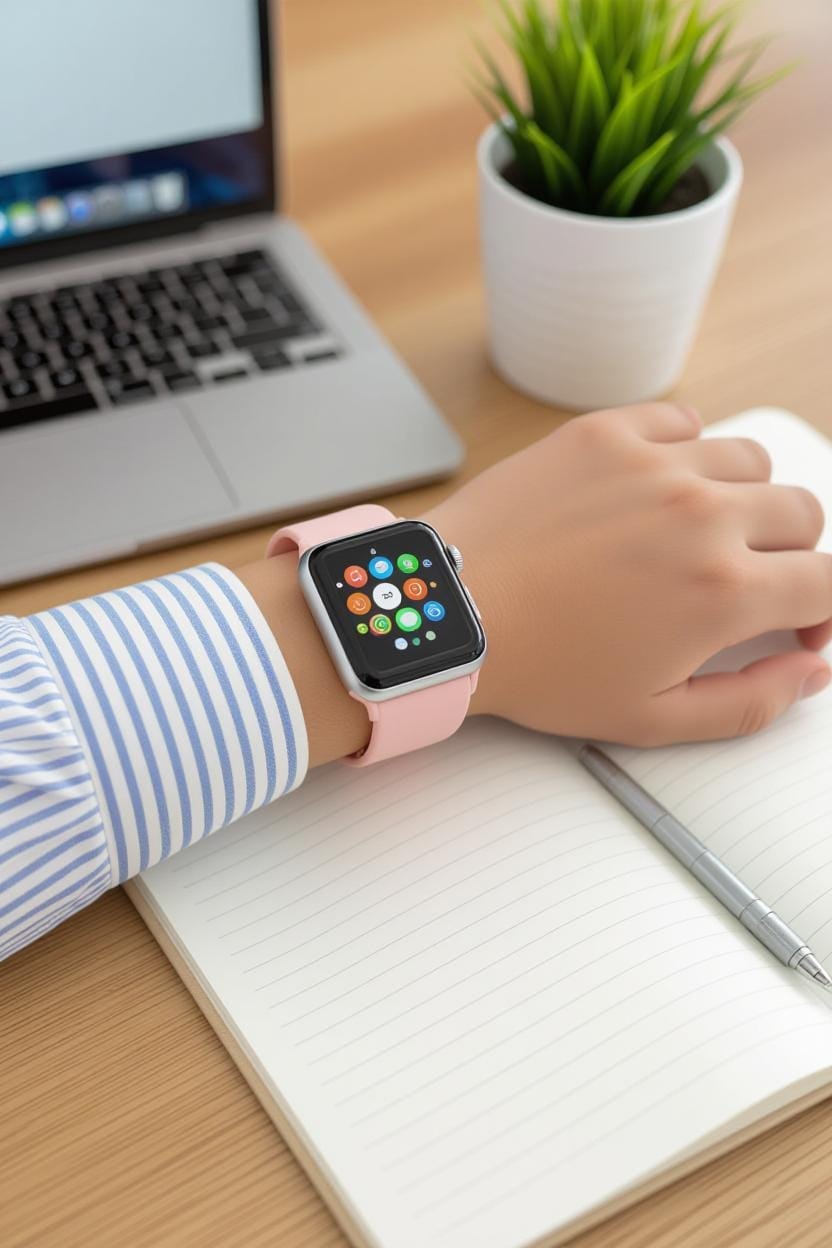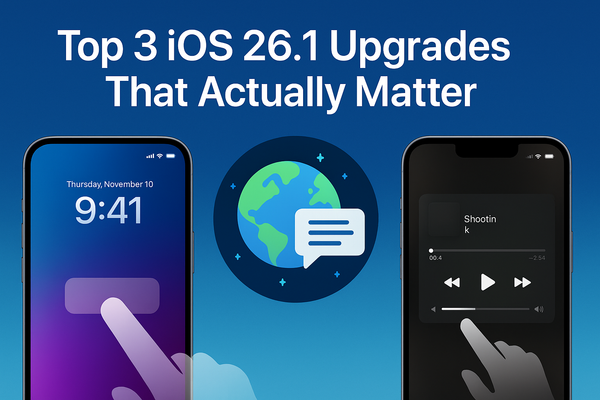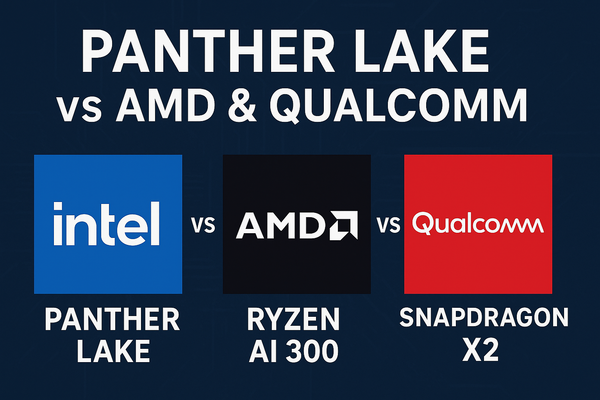Smartwatches for Middle Schoolers

As an engineer, I appreciate good design, robust functionality, and clear value. As a parent, I need reliability, peace of mind, and something that genuinely benefits my child without becoming another distraction. So, let's break these down.
Contender 1: The Google-Affiliated Fitbit Ace LTE (The Kid-Centric Approach)
First up, we have the Fitbit Ace LTE. Right off the bat, its $158 price tag makes it incredibly appealing, especially when trying to stick to that under $160 budget for a "Google smartwatch." Now, it's important to clarify: this isn't a full-blown Google Pixel Watch (which is more for adults and well over budget). This is Fitbit's answer, and it's designed specifically for kids aged 7-12.
What I like from an engineering standpoint:
- Purpose-Built: This isn't a scaled-down adult watch; it's built from the ground up for kids. The interface is colorful and intuitive for younger users.
- Robust Tracking: As an activity tracker, Fitbit's heritage shines. It encourages movement with games tied to physical activity, which as a parent, I absolutely love. Getting kids off screens and moving is always a win.
- Safety Features: GPS tracking is a big one for me. Knowing where my child is, especially after school or during playdates, offers immense peace of mind. The ability to call pre-approved contacts is also crucial.
- LTE Connectivity: This is key. It means the watch isn't tethered to a phone for its core communication and tracking features, giving the child a bit more independence while still being reachable.
Parental Perspective:
The Ace LTE feels like a responsible first step into connected tech. It offers communication and safety without overwhelming my child with smartphone-level distractions. The "gimmicky" games are actually cleverly integrated to encourage activity, which is a big plus. The battery life is also decent, which means less nagging about charging.
Contender 2: The Apple Watch SE (The Ecosystem Play)
Now, for the Apple Watch SE. Let's be clear: the latest model, the SE 3, starts at $249. This immediately puts it over my stated $160 budget for a "Google smartwatch" comparison, but it's often the first thing parents think of when considering an Apple device. If my budget were more flexible, this would be a direct competitor, so it's worth discussing.
What I like from an engineering standpoint:
- Apple Ecosystem Integration: If our family is already heavily invested in Apple, the SE slots in seamlessly. Family Setup allows me to manage my child's watch from my iPhone, even if they don't have their own iPhone. This is incredibly well-engineered for parental control.
- Robust Feature Set: It offers more "adult" features that are incredibly useful, like Emergency SOS, Fall Detection, and more comprehensive health tracking (heart rate, activity rings). While my middle schooler might not need all of them, they're certainly valuable.
- App Availability: The wider app ecosystem means more potential for useful tools down the line, although for a middle schooler, I'd probably limit most of them.
- Durability and Design: Apple's build quality is generally excellent, and the watch is designed to withstand daily wear and tear.
Parental Perspective:
The Apple Watch SE feels like a more "future-proof" device. If my child eventually gets an iPhone, the transition is seamless. The safety features are top-notch, offering a very high level of reassurance. However, the higher price point is a significant hurdle, and I'd also be mindful of the potential for more distractions due to its broader capabilities. It's a fantastic device, but for a middle schooler, it might be more than what's strictly necessary, especially given the budget.
The Verdict (for my middle schooler, on this budget)
Given my strict budget of under $160 for a "Google smartwatch," the Fitbit Ace LTE wins this round hands down. It's purpose-built for kids, focuses on essential communication and safety, and cleverly integrates activity to keep them moving. It hits all the critical points without breaking the bank.




